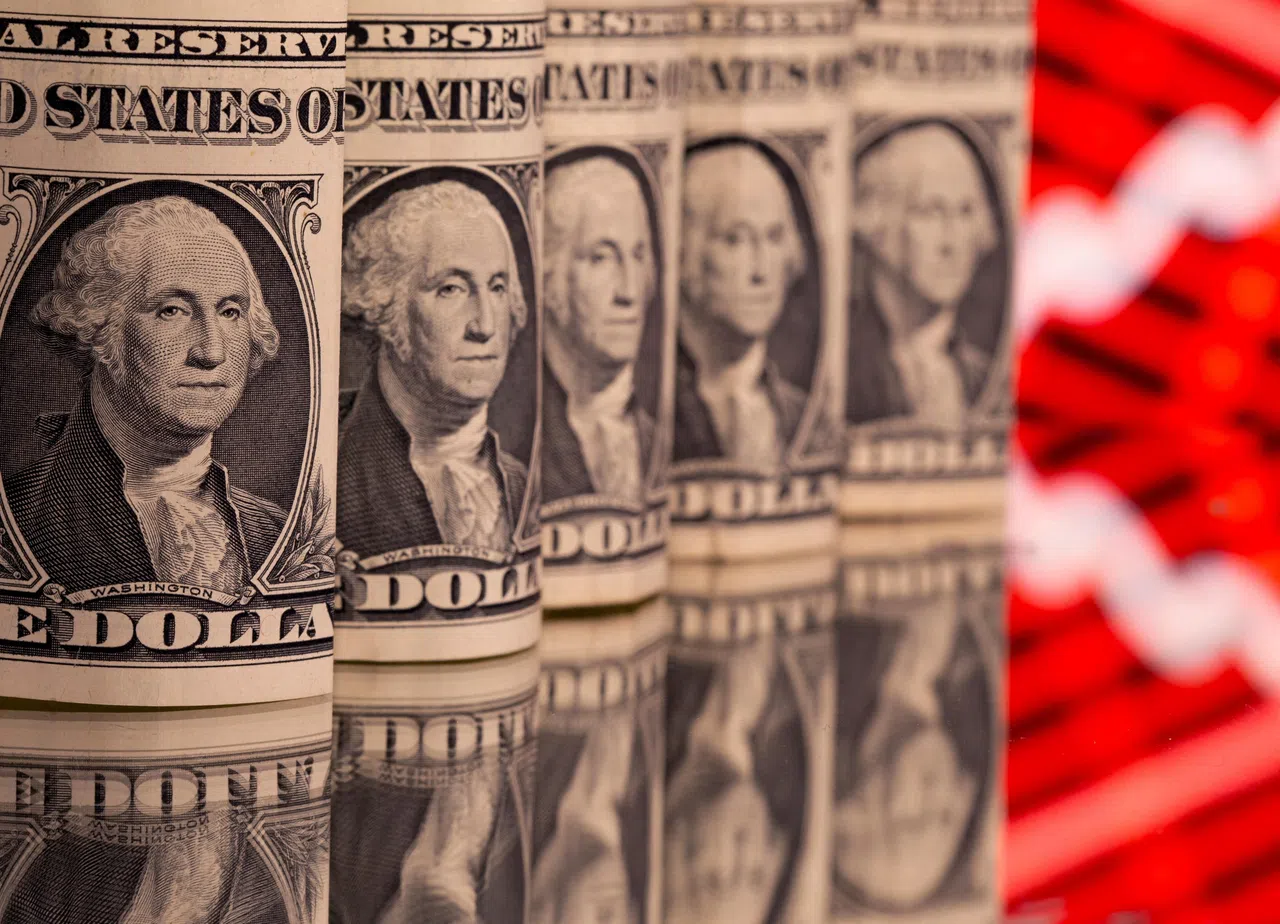THE US dollar edged higher on Tuesday (May 14) as traders awaited US inflation data, while the yen hovered near a two-week low, stoking intervention worries.
The sterling fell sharply, before paring losses, after Bank of England chief economist Huw Pill said it was not unreasonable to believe that over summer there might be enough confidence to consider rate cuts.
Traders are awaiting the US consumer price index (CPI), scheduled for Wednesday, to gauge what path the Federal Reserve will take this year in the wake of recent softer-than-expected US labour market data and comments from officials that indicated the central bank was unlikely to raise rates further.
Money markets have dialled back their expectations of Fed rate cuts this year due to sticky inflation and are now pricing in about 40 basis points of easing this year, compared with 150 bps of cuts anticipated at the start of 2024. They are also pricing in a first rate cut, with about a 50 per cent chance, only in September, according to the CME FedWatch tool.
US inflation this week is expected to show that core consumer prices rose 0.3 per cent month on month in April, down from a 0.4 per cent growth the prior month, according to a Reuters poll.
“US inflation data for April (is) likely to be the most important data point of the week, especially after the market has reacted sensibly on rather weak US data recently, increasing its rate cut expectations somewhat,” said Antje Praefcke, FX analyst at Commerzbank.
GET BT IN YOUR INBOX DAILY
Start and end each day with the latest news stories and analyses delivered straight to your inbox.
In the meantime, the dollar index, which measures the US currency against six rivals, flattened at 105.19. The index has slipped almost 1 per cent in May.
Traders are also closely watching the yen, down to May 1 levels, which then saw suspected interventions by Japanese authorities. It was last 0.14 per cent lower at 156.45 per dollar.
Japan’s Ministry of Finance is suspected to have intervened in the currency market at the end of April through early May after the yen hit a 34-year low of 160.245 on Apr 29.
But the market remains bearish on the currency given the massive gap between Japan’s ultra-low yields and those in other major economies.
Japan’s Finance Minister Shunichi Suzuki said on Tuesday the government will closely work with the Bank of Japan on the foreign exchange to ensure there is no friction between their mutual policy objectives.
In other currencies, the euro was about flat at US$1.0797 but is up 1 per cent against the dollar so far this month, while sterling was flat on the day at US$1.2556 after falling to US$1.2510 after BOE’s chief Pill’s remarks on potential summer cuts.
Data showed on Tuesday British wages grew by more than expected, but other figures suggested the labour market is losing some of its inflationary heat, keeping the BOE on alert about when to cut interest rates.
The Chinese offshore yuan was trading near a two-week low after US President Joe Biden on Tuesday unveiled a bundle of steep tariff increases on an array of Chinese imports including electric vehicles, computer chips and medical products.
The offshore yuan was last flat on the day at 7.2408, after falling earlier in the day to it lowest level since May 5.
China’s Commerce Ministry said the country is “strongly dissatisfied with US tariff hike”. REUTERS




